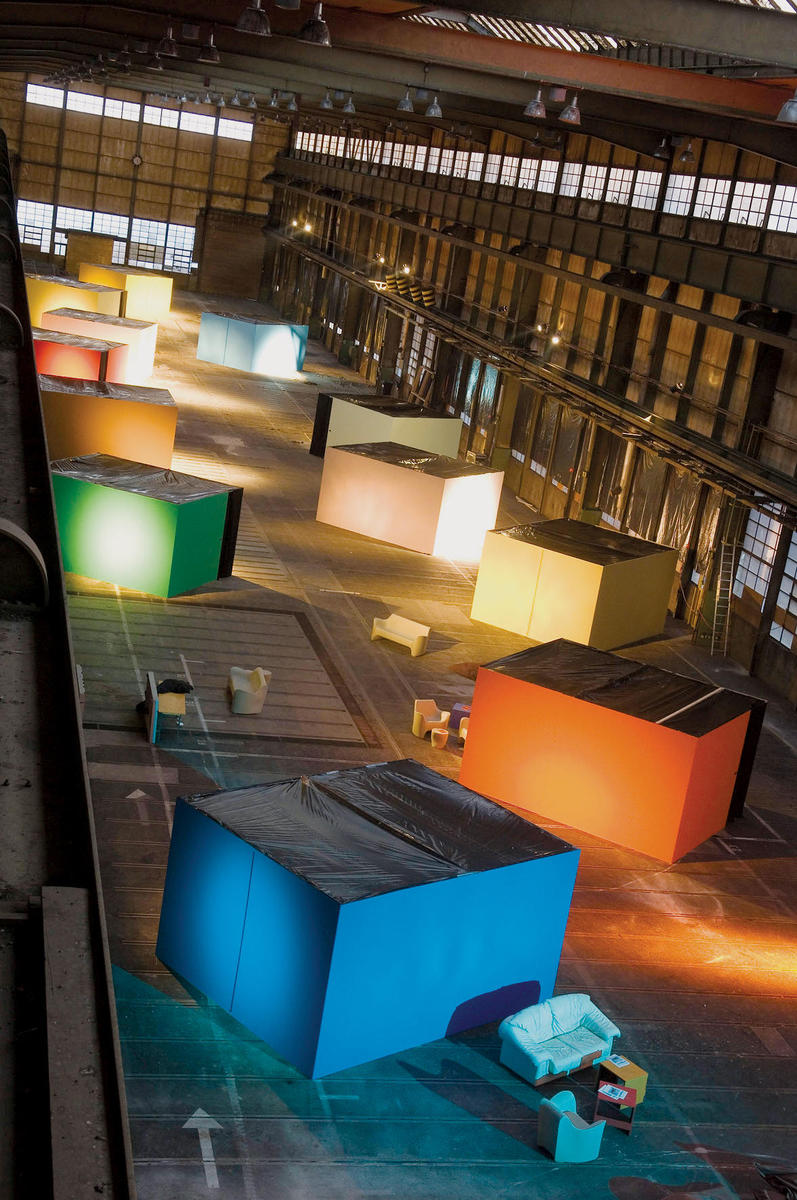
I thought to myself the other day that there were way too many curators of contemporary art shows, that they’re multiplying like DJs — anyone can be one, but only a few really know how to make people dance and go crazy.
My own work as a curator has forced me to think of new ways to manage art events in independent contexts. I would like to make people dance. I’ve seen too many exhibitions with no specific line and little relation between different participants, too many group shows with no soul. This banal way of working makes the curator a simple coordinator instead of a theoretician who cooks up a concept complete with just the right art pieces as an ensemble.
It’s important that the curator be close to artists in order to understand their way of working, so that they may find a perfect complicity. In the modern world of overloaded communication systems, new radical acts are possible, providing curators with more interesting options in their work. Today you can operate as a small independent space and at the same time reach established international artists; you can organize world-class events with minimal funding. Curators are now equally involved in expressing ideas, just as artists today are not merely involved in expressing beauty.
As projects become bigger, and take longer to prepare (in terms of the researching of artists, contents, and financial support) the work of the curator takes on different meanings. Networking becomes a crucial element in finding artists, opportunities, and experiences that widen the curator’s practice. Curating is no longer just about bringing individual superstars together, but also about building a series of conceptual frames within which you can hang just the right pieces to make your ideas communicable — hopefully with some sort of significance beyond the immediate art community.
These networking processes can provide consumers with a multiplicity of messages, different forms of artistic practice, and different ways of experiencing these practices. This is not only interesting from a curatorial point of view; the work of meeting people and defending ideas in public is an artistic act in itself. It is partly the connections that are made between people in these public spaces that influence whether an exhibition will be accepted or rejected, discussed or ignored, promoted or criticized. It’s not only about putting artistic talent on display, but also about creating a network of people who can help make an event come together, almost organically. The curator’s attitude can be similar to that of the artist/performer in his desire to seduce audiences with his ideas and concepts.
Independent curatorial projects often provide just the space and freedom for building these novel networks — executing that exact ‘complicity’ that I spoke of before. I’ve been running independent art spaces and events throughout Europe since 1991. In that time, I’ve confronted the same problem over and over again: how do we make politicians and big sponsors trust independent projects? What strategies do we use to make them understand that independent venues and events are important, even if they do not necessarily bring in massive economic development, that they play the role of a parallel, independent, fully functioning eco-system? How can we ensure that independent events be accepted, not marginalized?
Sensitizing audiences, existing and potential, to the possibilities afforded by independent arts spaces and projects is one step. Involving them is another step. But perhaps the most important thing is to work closely with artists, continue to offer them platforms they enjoy, that allow for production through experimentation and the transformation of space — privileges afforded to many independent projects. No white cube, no perfect gallery, but rather a flexible everything approach. Then, we can start talking about making people dance.